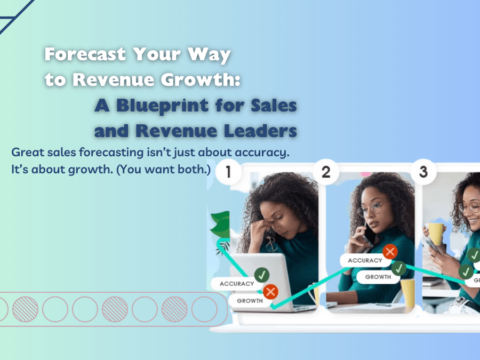
With so many nuances to content, from distribution to format to the buyer’s journey, you must take a drill-down approach to your analytics. Assess performance from a bird’s eye view and then break it into multiple perspectives.
This process allows you to truly grasp the components of content and distribution that contribute to your overarching content goals.
You can do this in several ways, but one of the most effective is a real-time dashboard created through Google Looker, which integrates seamlessly with Google Analytics 4.
Let’s explore the building blocks of content measurement and walk through a Google Looker dashboard. The free template can help you measure, justify, and brag about the great impact content has on your business
What metrics to analyze
Before you build an analytics dashboard, you must identify the key metrics that align with your content’s purpose. Your content’s breadth makes it a powerful tool to engage audiences at multiple touchpoints, nurture relationships, and motivate them to act. However, your specific goals depend on the nature of your products or services, the buying cycle of your customers, the relationship you seek with your audience and other factors.
Among the common objectives and corresponding metrics:

Evaluate content AND distribution
To evaluate your content’s effectiveness against its business purpose, you need to assess the two sides of the coin — the content and the distribution. Measuring the performance of content without considering the context of who saw it and under what circumstances would be like evaluating the quality of a car based solely on its top speed.
You also must assess who had the opportunity to see the content. For example, you may determine one blog post resonates stronger than another because it saw twice the traffic. But, upon further examination, you discover the blog post that performed better had better distribution. The CEO shared it on LinkedIn, but the poorer performing post wasn’t promoted at all. In that case, metrics, such as page views and average engagement time, do not serve as the best indicators to identify your strongest-performing content.
Alternatively, a piece of website content might have a high traffic count but low engagement. You may first assume the content missed the mark, causing people to leave your site at alarming rates. However, when you dig into the distribution, you see the bulk of that low-engagement traffic came from a digital ad with poor targeting. The content looked like a failure, but the distribution strategy is what failed.
Examining the content and distribution in tandem allows you to identify the true strengths and weaknesses of your strategy and avoid making erroneous assumptions based on incomplete information.
Armed with this holistic view, you’ll be well-equipped to build a robust measurement program that enables data-driven decision-making and continuous improvement.
Read More at Content Marketing Institute








